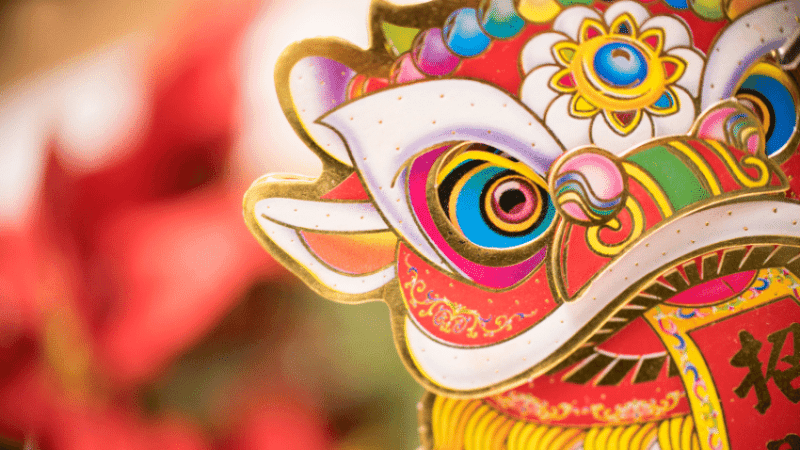Reggio Emilia approach – Inspiring indoor and outdoor classroom activities
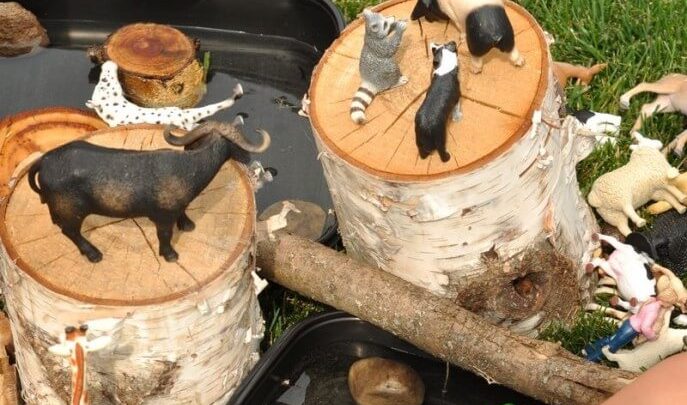
Learn about the Reggio Emilia approach and how to get started with our list of easy and fun activity ideas..
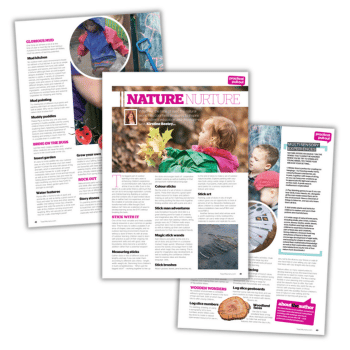
Learn how to follow the Reggio Emilia approach and act as a learning facilitator with these ideas and examples…
What is the Reggio Emilia approach?
The Reggio Emilia approach is a child-centered educational philosophy that originated in the Reggio Emilia region of Italy.
The Reggio Emilia approach emphasises the belief that children are competent and capable learners with the innate ability to construct their knowledge through meaningful interactions with their environment and peers.
Teachers following the Reggio Emilia approach act as facilitators, encouraging open-ended exploration and creative expression, while also valuing the importance of art, documentation and collaboration in the learning process.
“Teachers act as facilitators, encouraging open-ended exploration and creative expression”
The Reggio Emilia approach emphasises the significance of the learning environment as the “third teacher,” fostering an atmosphere of curiosity and discovery.
It prioritises building strong relationships between educators, children and parents to support holistic development and lifelong learning.
Organic and chaotic
Most often when people think of a Reggio Emilia approach classroom they think of a beautiful room, natural materials and an orderly aesthetic. And yes, there is an element of truth to this, but it is not the whole story.
Learning is not orderly or aesthetic, it is organic and that means it can get messy, it can get chaotic, and that is perfectly fine.
The Reggio Emilia approach is about ideas – connecting them, expanding them, interacting with each others’ ideas, building ideas – and doing this collaboratively. This means we need to get prepared for mess – to explore, to discover, to make mistakes and try again.
Outdoor activities following the Reggio Emilia approach
20 outdoor activity ideas
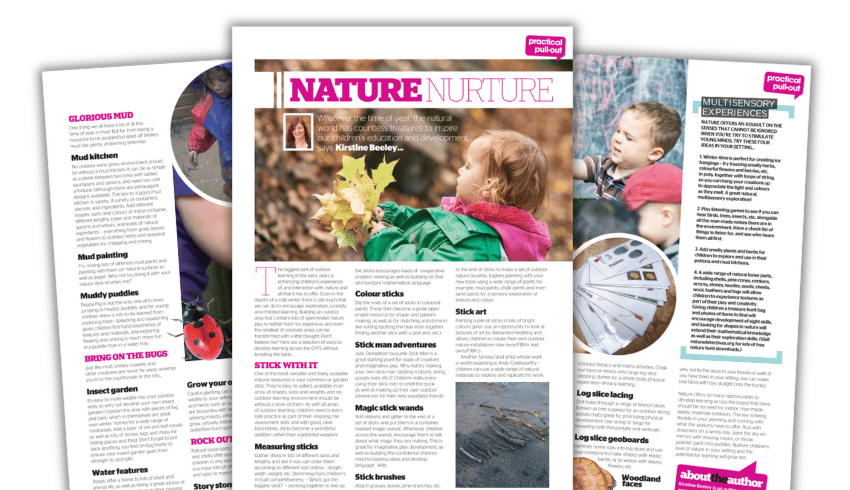
Want to up your outdoor play but not sure where to start? This outdoor learning activities download contains 20 easy and cheap ideas to get you started and fit in well with a Reggio Emilia approach.
Autumn colour match
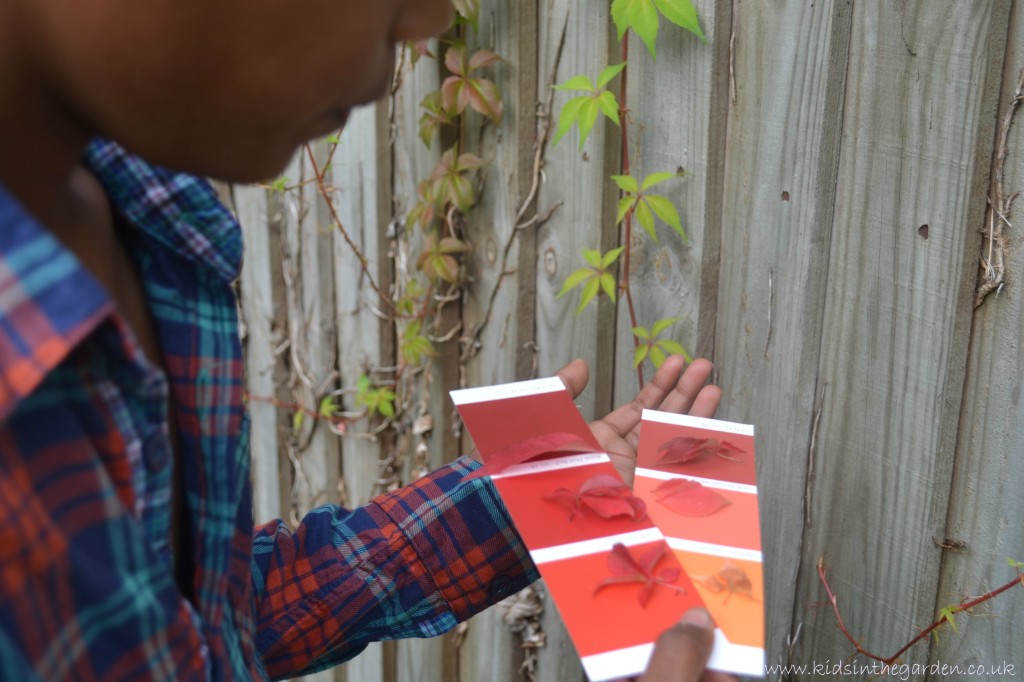
If there’s plenty of autumnal leaves lying around, go pick up some suitable paint colour cards from your nearest home/hardware store, then let children fetch foliage to match each tone.
Clay face sculptures
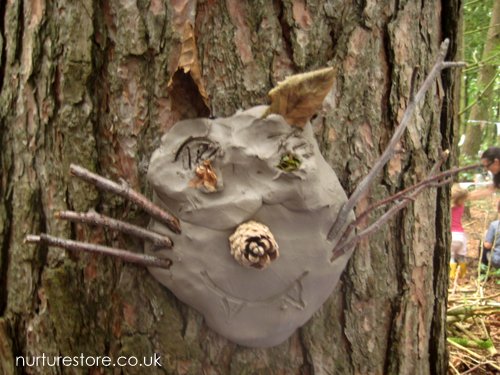
Using sensory clay and loose parts found in nature, let children create their own face sculpture on a tree. Once everyone has finished, take a stroll through your woodland art display and admire all the clay faces children have made.
Autumn walk checklist
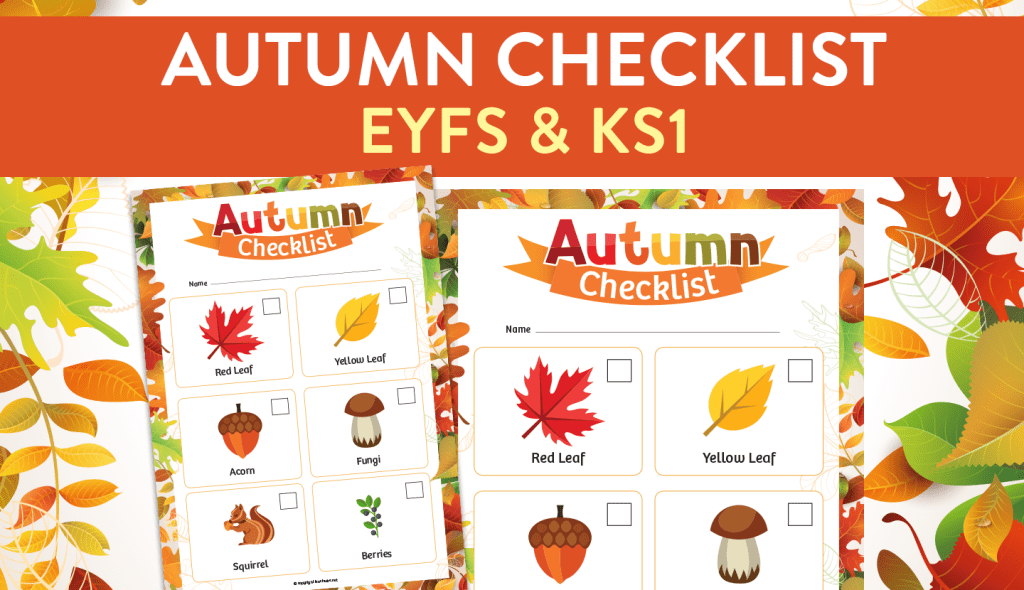
Use this vibrant autumn activities EYFS checklist to help children make a note of what they discover when they head outdoors in autumn.
Water play with animals
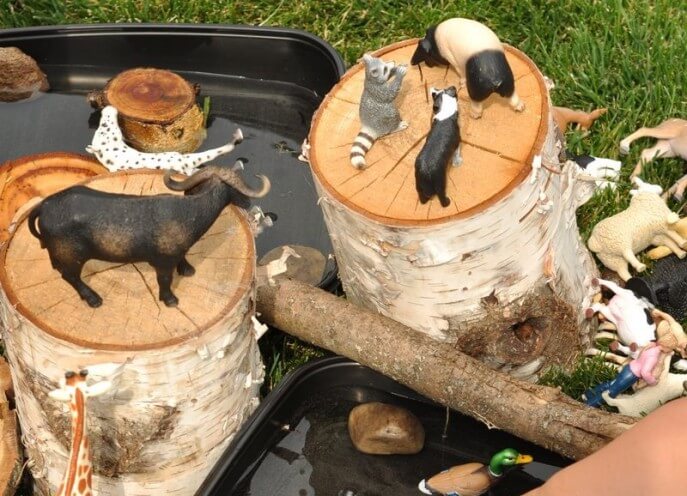
Water play is always fun, but throw in toy animals and watch children’s imaginations flow. Use a combination of toy animals, plastic trays and logs to encourage imaginary outdoor play.
Bubble wrap painting
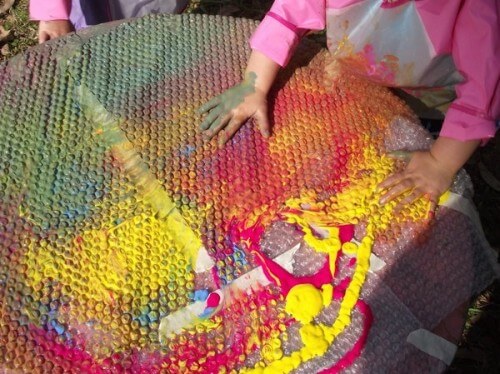
Bubble wrap? Paint? Colours? Yes please! This simple activity involves fixing some bubble wrap to a table and pouring some paint on. Children may need a little encouragement to get started but will soon be squishing and popping to their hearts’ content.
Shadow art
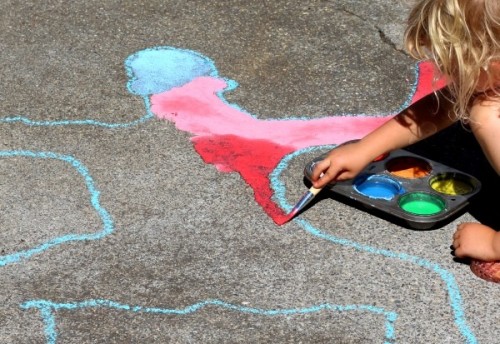
Drawing shadow chalk art on the ground is a great way to get kids creative in the great outdoors. Children can draw around each other’s shadows or the shadows of plants, trees or any other interesting shapes they can find.
Sound garden
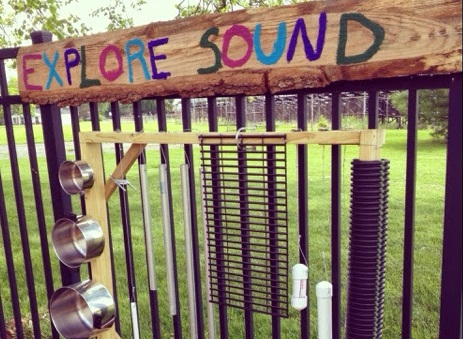
Create makeshift instruments with various items, then explore materials and sounds by blowing, striking, rubbing, shaking and strumming.
Indoor activities following the Reggio Emilia approach
Re-create famous art with loose parts

You probably won’t be able to sell it as a forgery but children can have great fun trying to match the colours of famous paintings like Van Gogh’s The Starry Night.
Create a moon model

The Van Gogh activity above was one small part of a larger project on space, and there are loads of great activities such as pressing stones in clay to learn how craters are formed, creating models of the moon in its various phases and painting pictures of the stars.
Give your classroom a makeover
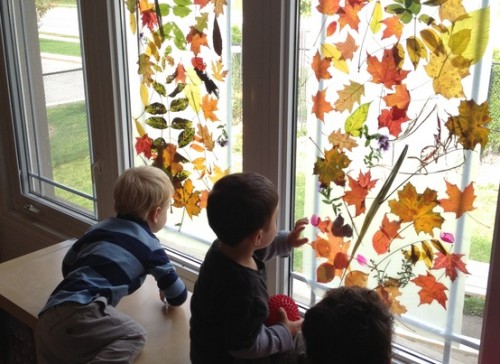
Give your classroom a Reggio Emilia approach makeover with these ideas from Acorn School in Canada.
Create log faces
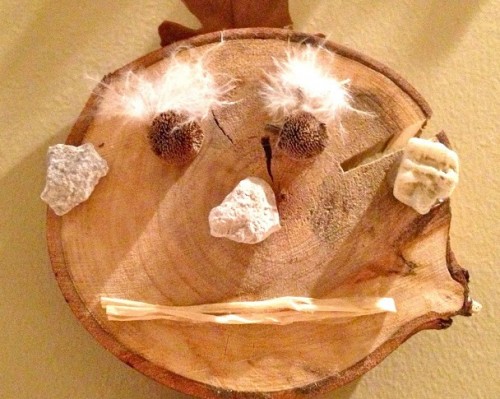
What can we say? Why are you still reading this and not making your own log portrait right now?
What should a Reggio Emilia approach classroom look like?
Should a Reggio Emilia approach classroom be pristine? Can order look chaotic? And how long is it OK for a mess to be left in the room? Suzanne Axelsson shares her thoughts…
Over the years I have visited many different settings in many different countries. Some have been breathtaking, awe-inspiring, in the sense of “how could I ever create something so amazing?”
One of the best experiences I’ve had was returning to one of these settings a year later after a day of preschool (as opposed to my first visit during a summer conference when it was set up for maximum beauty). Witnessing the traces of play everywhere was comforting.

Things were not perfect. There were messes everywhere. You could actually see the learning that had happened rather than the educators’ reflections on the learning.
“You could actually see the learning that had happened”
Maybe it is not so much about the beauty of the classroom, but the educators’ understanding of the children.
The classroom responds to their learning, skills and interests. The room is set up with respect for their competence. It’s a space that allows interactions with peers, materials and the children’s own learning.
Letting work evolve
If we create Reggio Emilia approach classrooms that are respectful of learners, then there will be beauty – regardless of whether the materials and furniture are specially designed or second-hand and recycled.
And the materials don’t need to be tidied away at the end of every day. There is value in letting the children’s work evolve over time.
I find that after a while children stop playing with what is no longer interesting – an idea that is no longer expanding – and that’s when it is time to tidy it away, creating a fresh slate for new ideas.
Over the years I have entered many dialogues about the need for a well-ordered setting. I see it like art. Sometimes we just aren’t finished with the work of art and need days, maybe weeks, to keep on creating. Other times we need fresh paper each day on which to create.
“There is value in letting the children’s work evolve over time”
On the other hand sometimes children need a blank canvas to create and play, and a tidy room, like a clean sheet of paper, can offer that.
It is about balance. Not being afraid of mess, but also understanding when the chaos has stopped being creative and has started to become a hindrance. This means listening to the children and listening to the room.
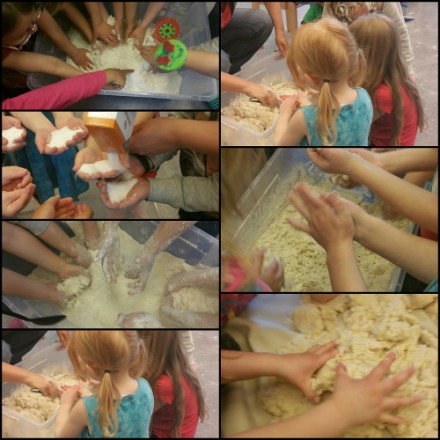
Learning amidst chaos
All kinds of play can become messy and chaotic. With the Reggio Emilia approach and sensory play there is the strong likelihood that the materials will get spread around the room.
Social play being collaborative means that there is always the opportunity for social mistakes. These, of course, can be chaotic, but they are also rich moments of learning.
It is important to be brave enough to allow the children to tidy up their social mess themselves, to resolve their problems and gain/refine skills in the process.
Hundred languages
The concept of a ‘hundred languages’ in the Reggio Emilia approach means that learning happens in many ways. Sitting, reading and writing in an orderly fashion is just not going to work for all children.
There needs to be alternative ways to process information and experiences. Messing about with learning ideas is not only essential for children but also for educators.
Educational philosopher David Hawkins inspired Reggio Emilia proponent Loris Malaguzzi. One of Hawkins’ theories was that educators need to play, to ‘mess about’ with materials, if they are truly to understand the learning that happens in play.
Being able to see the beauty in the mess; the sensory value of messy play, the benefits of children resolving their own social messes, enables us to mess about with ideas on a larger scale.
And taking learning and play outside gives mess more freedom – a place where educator and children can explore, learn, mess about and play together.
Suzanne Axelsson is an ECE consultant living in Stockholm. She has a Masters in ECE from Sheffield University. Visit her website.







